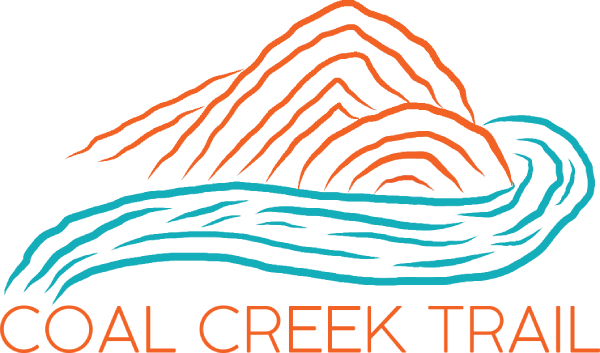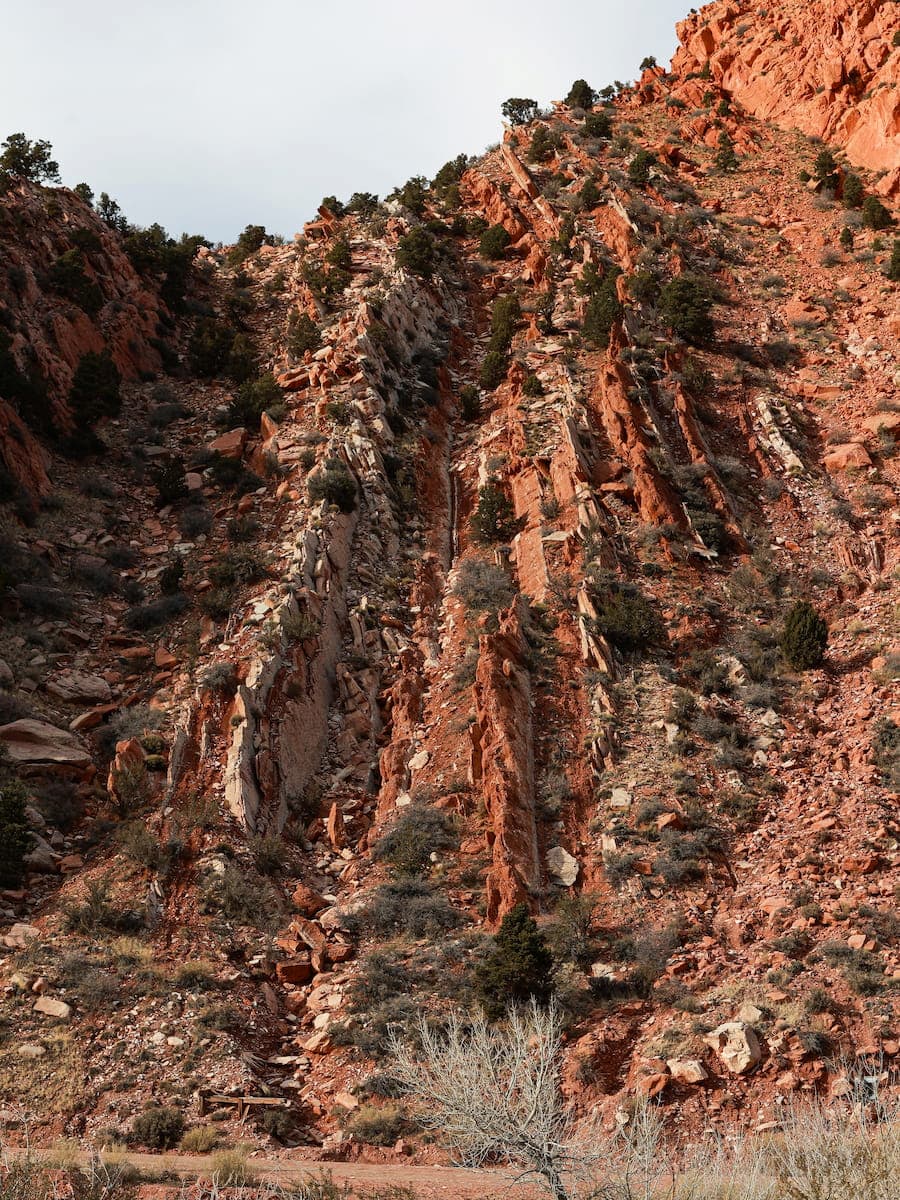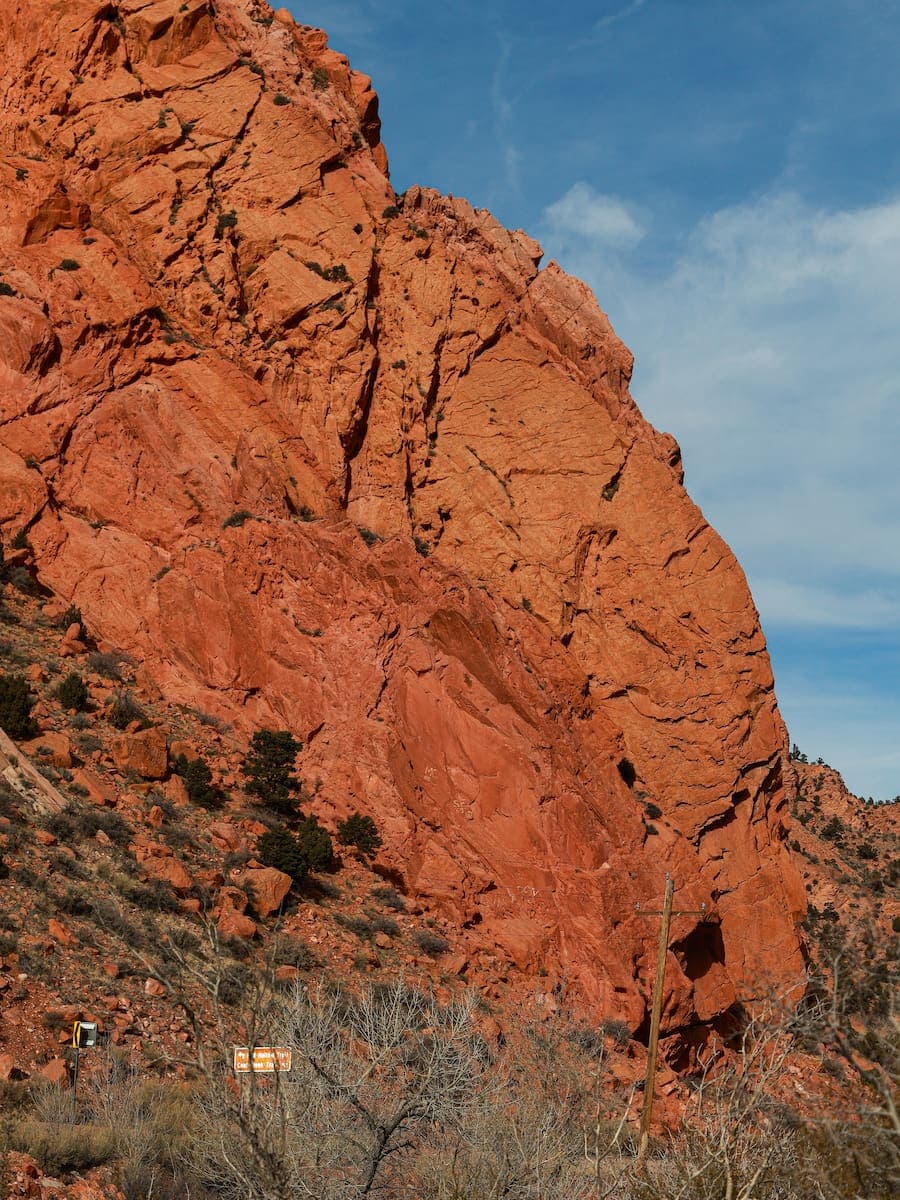Kayenta - Coal Creek Trail

Can you see the fins-like layers poking out of the surface on the north side of the highway? Can you notice any other patterns from rocks breaking down?
The unique fins and gullies formed from weathering and erosional processes acting on the rock layer. Within the larger layer of the Kayenta Formation there are thinner sub-layers of varying compositions. Some of these sub-layers contain grains of sediment that are cemented strongly together, making the sublayer more resistant to the weathering and erosion. This causes these layers to be more resistant to breakdown and removal and appear as if they are sticking up out of the ground. In reality, the layers around these fins have simply eroded away at a faster rate.

Weathering vs Erosion
Believe it or not weathering and erosion are not the same thing. Weathering is the break-down of rock material. Erosion is the movement or transportation of rock material that has already broken down into smaller pieces.
Examples of Weathering
Weathering of rock material can happen in many different ways.
Physical Weathering
- Ice wedging - water that freezes expands and can wedge rock apart
- Root wedging - a growing root can also wedge a rock apart
- Thermal expansion - Rocks expand and contract when they heat and cool
Chemical Weathering
- Oxidation - rusting of certain minerals from chemical reactions
- Dissolution - Water slowly dissolves minerals within a rock
As you look around can you find areas where it looks like the rock layers in the canyon walls are breaking down into smaller pieces?


Educator Resources
Educators can download resources for teaching on the Coal Creek Trail.

